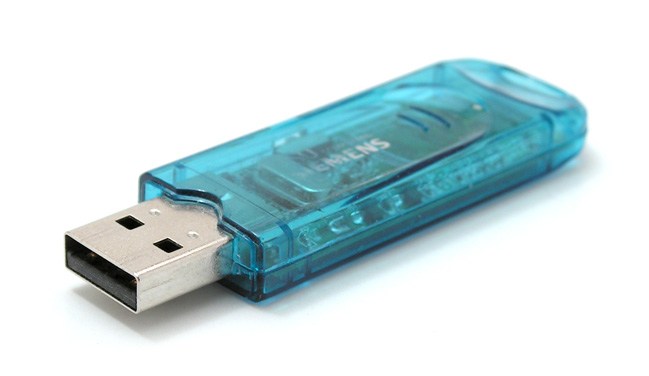Introduction
Occasionally while people create a linux usb drive they discover that the force seems to come to be unusable.
This manual will show you a way to format the usb pressure again the use of linux so that you can copy files to it and use it as you in the main might.
After you have got followed this guide your usb drive can be usable on any machine capable of analyzing a fat32 partition.
Each person familiar with windows will notice that the fdisk tool used inside linux is just like the diskpart device.
Delete the partitions the usage of fdisk
Open a terminal window and sort the subsequent command:
Sudo fdisk -l
This could tell you which of them drives are available and it additionally gives you info of the walls at the drives.
In windows a power is distinguished through its drive letter or inside the case of the diskpart device every drive has various.
In linux a power is a device and a device is dealt with similar to any other file. Therefore the drives are named /dev/sda, /dev/sdb, /dev/sdc and so on.
Look for the pressure which has the identical ability as your usb force. As an example on an eight gigabyte drive it is going to be reported as 7.5 gigabytes.
If you have the proper pressure type the following command:
Sudo fdisk /dev/sdx
Replace the x with the precise drive letter.
This will open a new activate referred to as “command”. The “m” key may be very helpful with this device but basically you want to recognise 2 of the commands.
The first is delete.
Enter “d” and press the go back key.
If your usb pressure has a couple of partition it’ll ask you to enter quite a number for the partition you want to delete. In case your pressure simplest has one partition then it is going to be marked for deletion.
If you have more than one partitions hold entering “d” after which input partition 1 till there aren’t any walls left to be marked for deletion.
The following step is to write the modifications to the pressure.
Input “w” and press go back.
You now have a usb pressure and not using a walls. At this stage it’s miles absolutely unusable.
Create a new partition
Inside the terminal window open fdisk again as you did before with the aid of specifying the call of the usb device document:
Sudo fdisk /dev/sdx
As earlier than replace the x with an appropriate pressure letter.
Enter “n” to create a new partition.
You may be asked to pick out between developing a number one or extended partition. Select “p”.
The following step is to pick out a partition variety. You handiest want to create 1 partition so enter 1 and press return.
Ultimately you need to choose the start and end sector numbers. To apply the complete pressure press go back two times to keep the default options.
Enter “w” and press return.
Refresh the partition desk
A message might also appear declaring that the kernel continues to be the usage of the old partition table.
Absolutely input the subsequent into the terminal window:
Sudo partprobe
The partprobe device sincerely informs the kernel or partition desk modifications. This saves you having to reboot your computer.
There are multiple switches you may use with it.
Sudo partprobe -d
The minus d switch lets you strive it without it updating the kernel. The d stands for dry run.
This is not overly useful.
Sudo partprobe -s
This presents a summary of the partition table with output just like the following:
/dev/sda: gpt walls 1 2 three four /dev/sdb: msdos partitions 1
Create a FAT filesystem
The final step is to create the fats filesystem.
Input the subsequent command into the terminal window:
Sudo mkfs.Vfat -f 32 /dev/sdx1
Replace the x with the letter to your usb pressure.
Mount the force
To mount the drive run the following commands:
Sudo mkdir /mnt/sdx1
Sudo mount /dev/sdx1 /mnt/sdx1
As before update the x with the proper power letter.
summary
You have to now be able to use the usb power on any laptop and replica documents to and from the force as regular.
